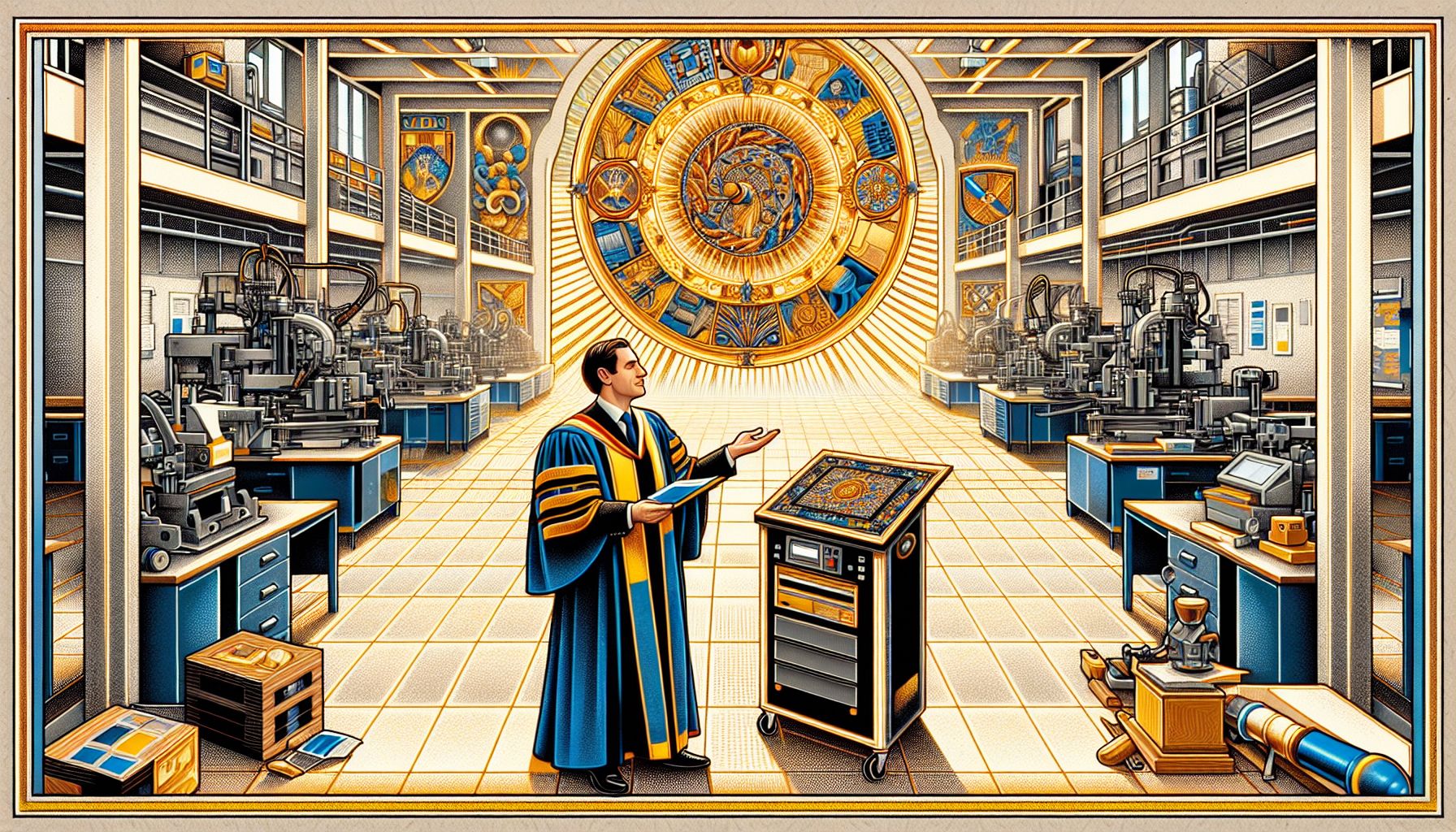ASML Pioneer Honored: Martin van den Brink Receives Honorary Doctorate

Eindhoven, Monday, 9 September 2024.
Martin van den Brink, former ASML president and CTO, will be awarded an honorary doctorate from TU/e’s Department of Mechanical Engineering on June 13, 2024. Recognized for his significant contributions to the semiconductor industry, van den Brink’s career highlights include leading ASML’s development of advanced lithography systems. His emphasis on collaboration and problem-solving has been crucial to ASML’s success in pushing the boundaries of chip manufacturing technology.
The Evolution of Semiconductor Technology
Martin van den Brink’s career trajectory is a testament to the transformative power of innovation in the semiconductor industry. As a child, van den Brink demonstrated a keen interest in engineering by dismantling and reassembling electrical appliances. This curiosity set the stage for his future contributions at ASML, where he played a pivotal role in developing lithography machines that are now essential for producing advanced semiconductors. His journey began at Philips, where he first encountered wafer steppers, leading to his long-term association with ASML, a company he joined in 1984.
Breakthroughs in Lithography
Under van den Brink’s leadership, ASML made significant strides in lithography, a process crucial for the miniaturization of semiconductor devices. The company’s innovative use of ultraviolet (UV) and extreme ultraviolet (EUV) light in their lithography machines has allowed for the production of chips with over 200 billion transistors, a feat that has revolutionized the semiconductor industry. These advancements have been instrumental in the development of smaller, more powerful, and energy-efficient electronic devices.
Collaboration and Innovation
One of van den Brink’s core philosophies is the importance of collaboration in achieving technological success. He has consistently emphasized that breakthroughs are the result of collective effort and multidisciplinary teamwork. This approach has been particularly evident in ASML’s development of the EUV light source, a project that took over two decades and involved partnerships with key industry players such as TSMC and Cymer. Van den Brink’s leadership has fostered a culture of modular innovation, which has been crucial in managing the complexity of ASML’s systems.
Impact on the Semiconductor Industry
ASML’s innovations have had a profound impact on the semiconductor industry. The company’s lithography machines are now indispensable in the manufacturing process of semiconductors, which are the backbone of modern electronics, including smartphones, computers, and advanced AI systems. The precision and efficiency of ASML’s machines have set new standards in the industry, enabling the production of increasingly sophisticated and powerful chips. This technological leap has not only advanced consumer electronics but also driven progress in fields such as quantum computing and photonics.
Future Prospects and Legacy
Looking ahead, van den Brink continues to advocate for a systems engineering approach to tackle future challenges in the semiconductor industry. He believes that a focus on total system optimization, rather than sub-optimization, is key to addressing the increasing complexity of modern engineering problems. His vision includes exploring new frontiers such as total energy transition system optimization to achieve greater environmental benefits. As he receives this honorary doctorate, van den Brink’s legacy at ASML and his contributions to the semiconductor industry are celebrated, highlighting the enduring impact of his work.

